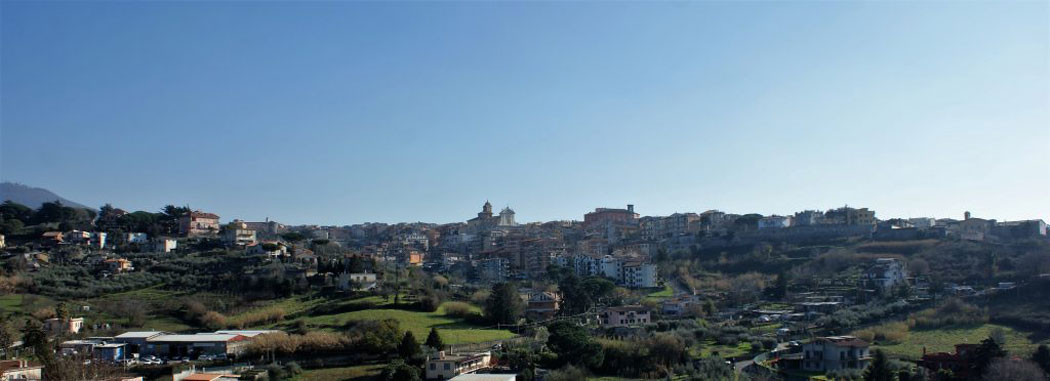
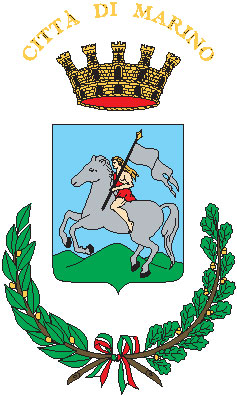
Marino is a charming city of the Castelli Romani along the Appia Way at only 15 minutes from the capital. Its history begins even before that of Rome and in its territory there were three cities of the Latin League: Bovillae (today Frattocchie), Mugilla (today Santa Maria delle Mole) and Ferentum (Marino).
In the Roman period, Marino appears among the fortified cities of Silla with the name of Castrimoeniun and since the late Republican era it has been known as an area of large patrician villas.
A fully frescoed Mithraeum dedicated to the ancient Roman cult of the God Mithras was found in a cellar in the historic center.
Many of the peperino stones with which Rome was built come from the quarries of Marino which still represent an example of ancient engineering today.
After the fall of the Roman Empire, it underwent all kinds of raids and in 846 it was destroyed by the Saracens. The inhabitants took refuge on the internal heights, in the ancient castle which around the year 1000 took the name of Marino.
From 1090 it was under the dominion of the Counts of Tusculum and later became a fief of the Frangipane. In 1230 Lady Jacopa de 'Settesoli, widow of a Frangipane, was a devoted friend of San Francesco.
From 1266 the castle passed to the Orsini. In 1272 San Bonaventura, Bishop of Albano, founded the first brotherhood of Italy during a visit to the church of Santa Lucia. San Bonaventura used to pray near an image of the Madonna around which the Sanctuary of the Madonna dell’Acquasanta was built by digging it into the rock near a spring. Its name derives from the properties of the waters that were believed to be miraculous.
In 1419 the Colonnas bought the fiefdom of Marino from Cristoforo Caetani for 12,000 gold florins and remained there as owners until 1914, after having returned the fiefdom to the church in 1816.
But Marino's history is full of important episodes: in 1494 Cesare Borgia was held hostage and the following year the King of France Charles VIII stayed there during his expedition against Naples.
The moment of maximum splendor came when Pope Pius V gave the diplomatic task to Marcantonio Colonna, lord of Marino, to promote a holy league against the Turks and entrusted him with the command of the papal fleet.
The war ended on 7 October 1571 in Lepanto with a victory and Marcantonio Colonna was awarded a triumph worthy of an ancient Roman leader.
The Colonna was responsible for the arrangement of Marino and the transformation of the castle into a stately building designed by the architect Antonio da Sangallo (now the town hall) and the imposing Basilica of San Barnaba.
In addition to other villas built by the Colonna family, such as Villa Colonna Bevilacqua in Castagnano and Villa "La Sirena" in Frattocchie, the symbol of Marino is perhaps represented by the Fontana dei Quattro Mori which was built precisely to celebrate the victory over the Turks in Lepanto.
Marino was bombed by the allies during the last conflict and many works of art were destroyed but today the spirit of the Castelli Romani is relived in its alleys.
Do not miss its DOC wine and the famous Grape Festival in which the wine comes out of the Fontana dei Quattro Mori since 4 October 1925. The feast of Marino is so much part of Roman culture that it is celebrated in some of the traditional songs in Roman dialect.






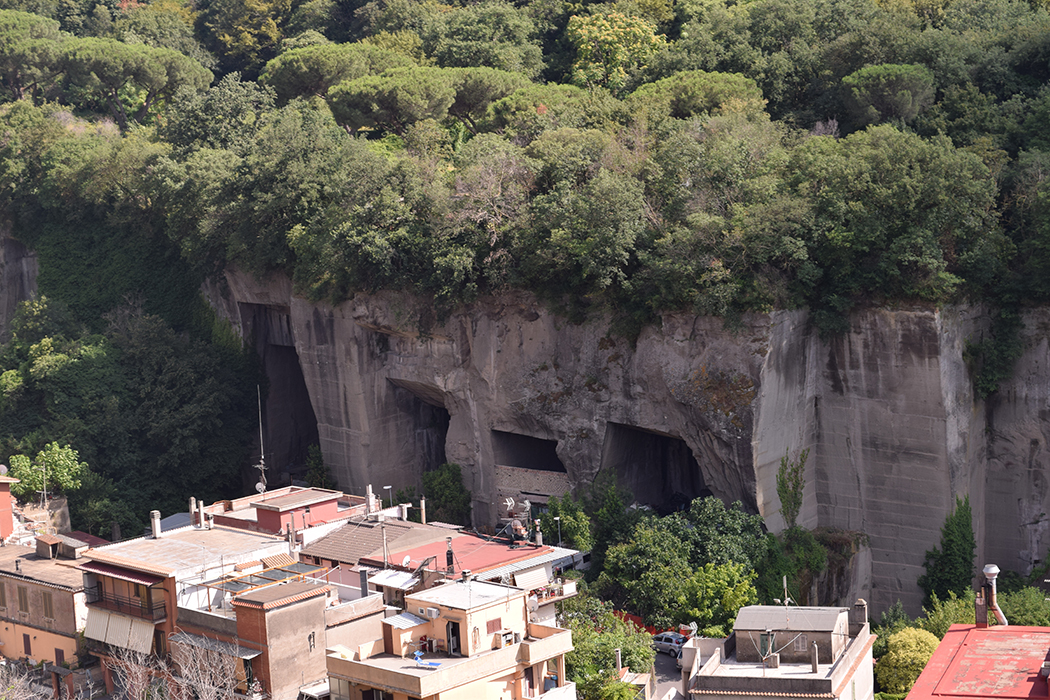
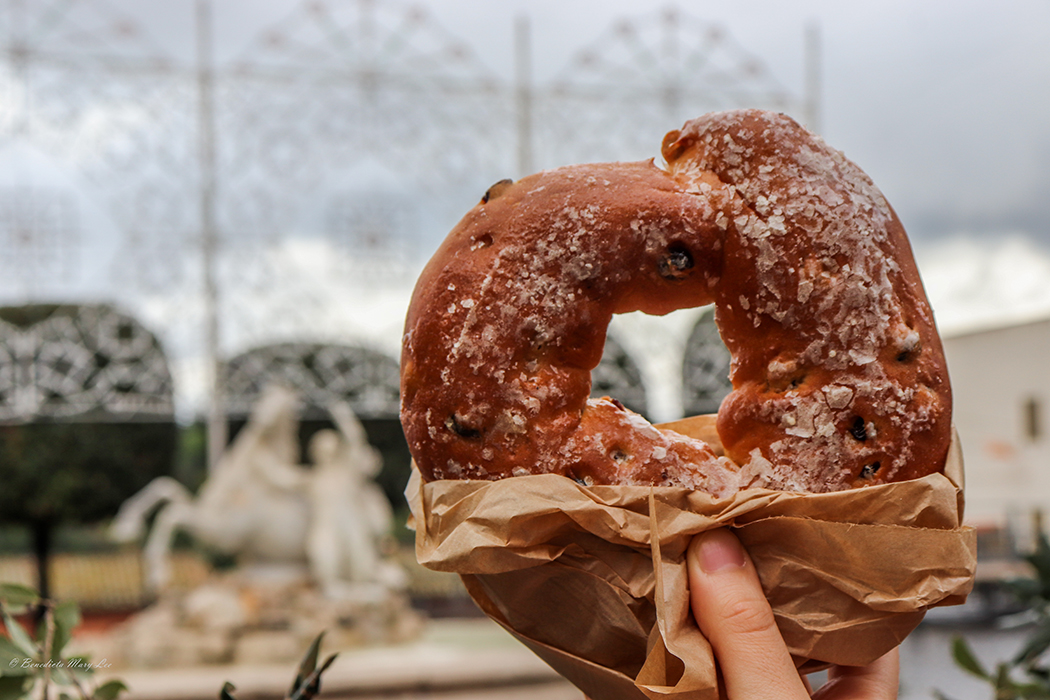
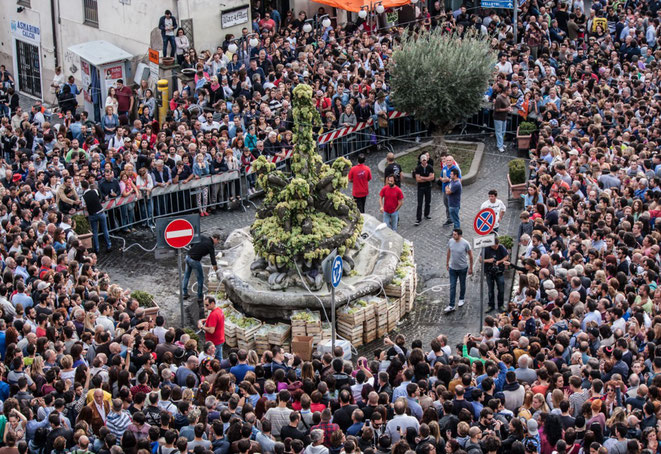

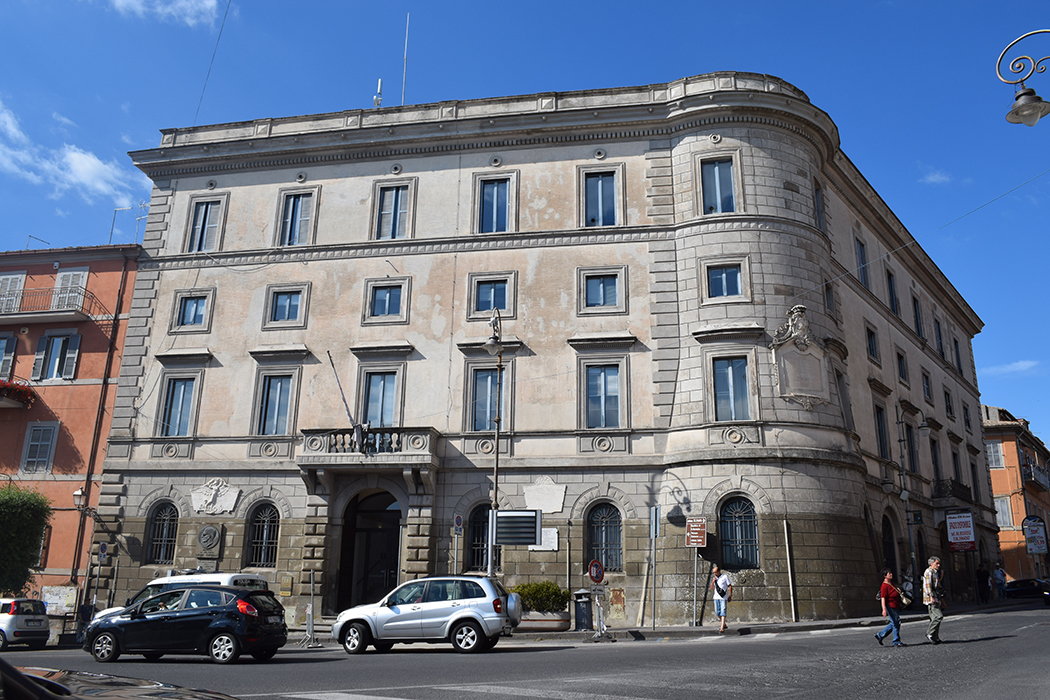
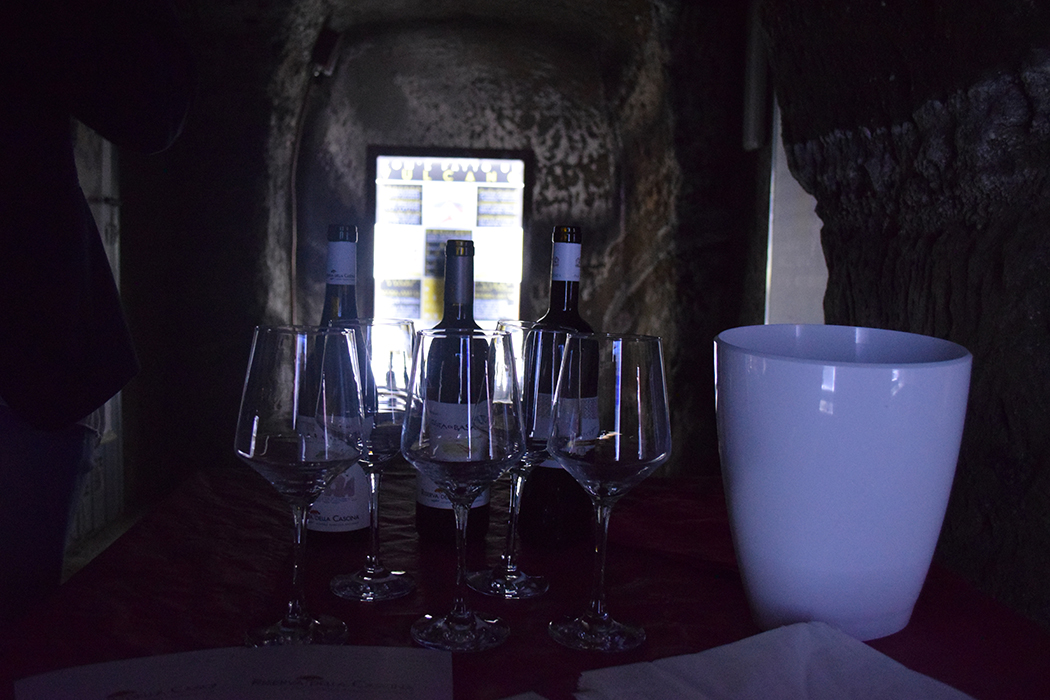




Follow us